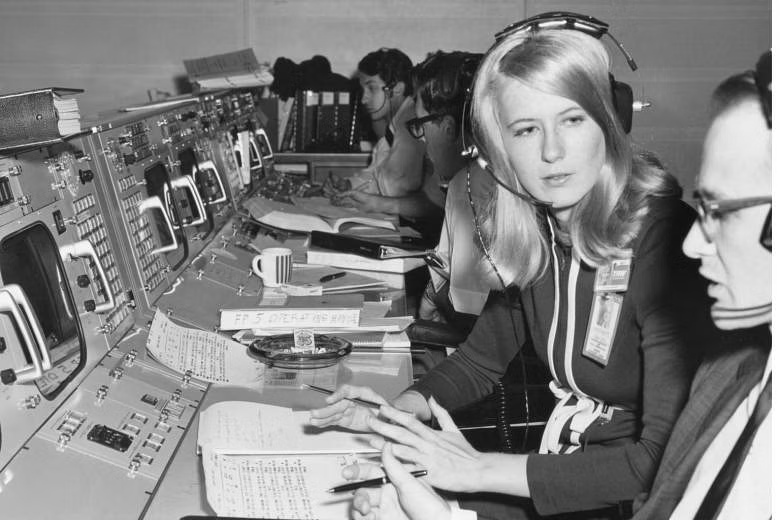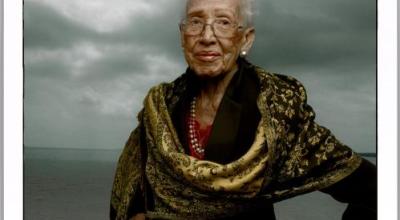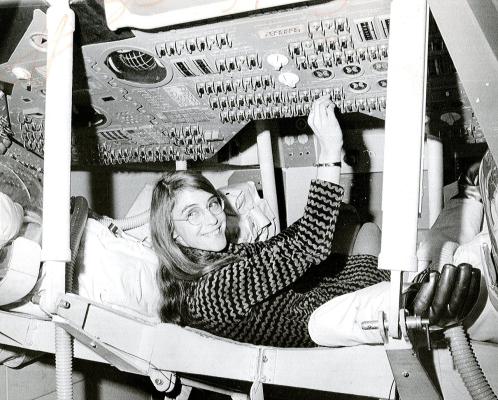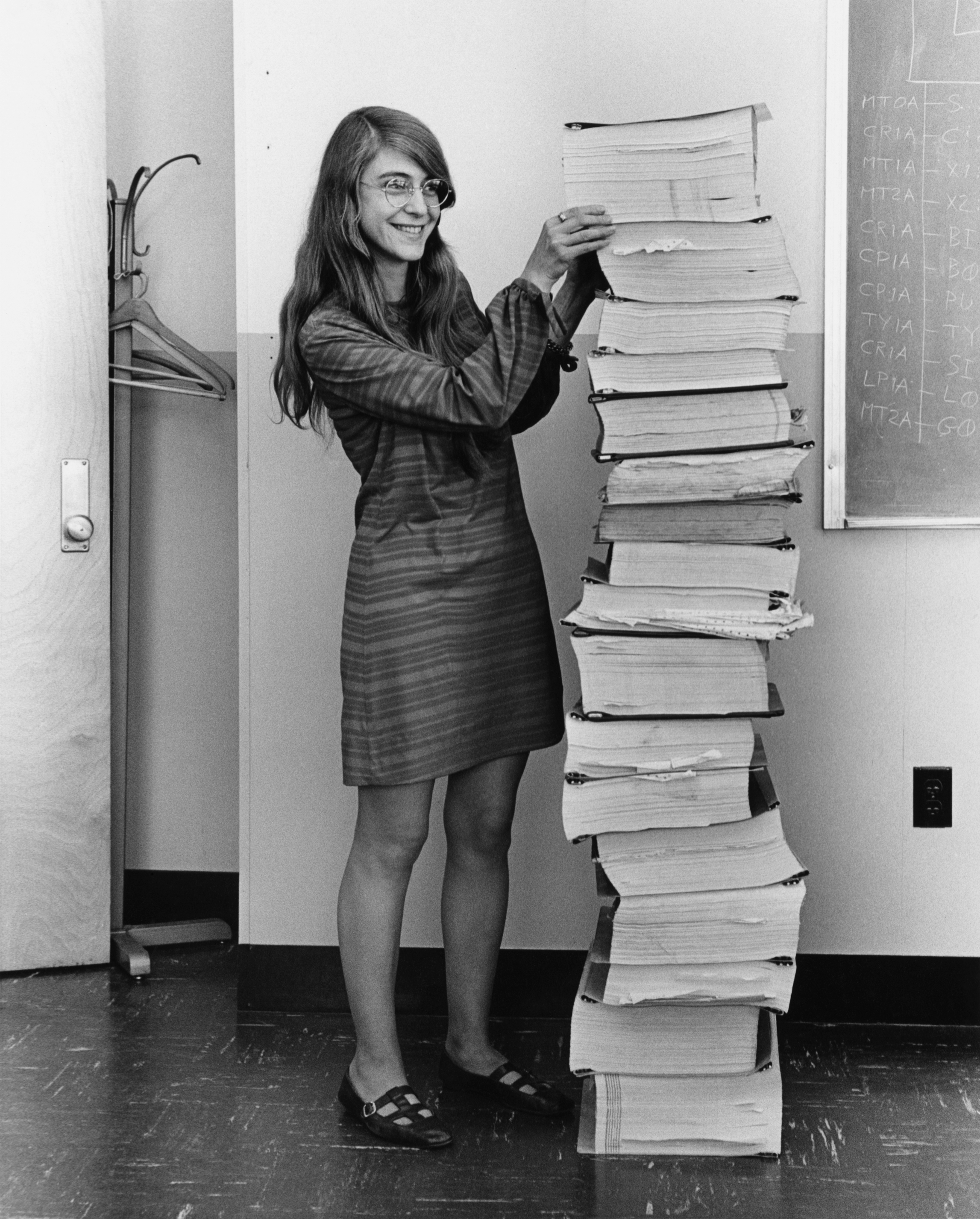The story of Apollo 11, which landed on the Moon 55 years ago, is well-known – but not so well-known are the stories of women working behind the scenes to ensure a safe and successful flight. Two of those women were trailblazers in their fields.
Frances “Poppy” Northcutt was a specialist in calculating the incredibly complex and precise trajectories required for an Apollo mission to reach and go into orbit around the Moon at a particular date and time, and then return safely to the Earth.
Trained as a mathematician, Poppy commenced her professional career in 1965 as a “Computress”, one of the women who manually calculated spacecraft trajectories at a time when electronic computers were in their infancy. Her expertise brought her to the Mission Planning and Analysis room in Mission Control, as an engineer working on orbital manoeuvre calculations. The first woman to work in Mission Control, Ms. Northcutt supported the safe return to Earth of the Apollo 8, 10, 11 and 12 missions, and her work was vital to the rescue of Apollo 13, following its in-flight accident.

Coining the term “software engineering”
The Apollo missions not only needed precise trajectories for their lunar voyages – they also needed software for their onboard flight computers. Margaret Hamilton, another mathematician, moved into the new fields of computer science and software development at the end of the 1950s. She is credited with coining the term “software engineering”.
In 1965, Margaret joined the Massachusetts Institute of Technology Instrumentation Laboratory, which developed the Apollo Guidance Computer. She was the first female programmer in the project, leading the team that created the on-board flight software for both the Apollo Command and Lunar Modules. The Priority Displays that Ms. Hamilton designed and developed enabled Apollo 11 to make a successful landing, despite the onboard computer becoming overwhelmed with data. As Director of the Lab’s Software Engineering Division, she was also responsible for the software used in the Skylab space station program.

Recommended read
You’ll find more details of some of the other women who worked behind the scenes on the Apollo missions.
Main image caption: An archive image of Margaret Hamilton.


